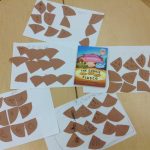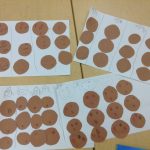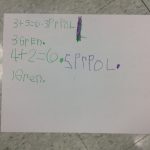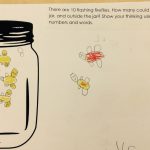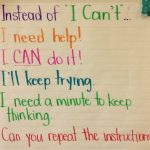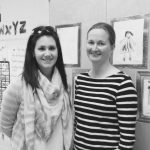By using professional resources and the 4C’s model (Co-plan, Co-teach, Co-debrief, Co-reflect), we worked as a kindergarten team to build capacity in the area of teaching mathematics. In order to develop a successful kindergarten math program, we worked to develop best practices to help students develop number sense, learn problem-solving skills, develop growth mindset, and apply their knowledge and skills to enrich tasks.
Team Members
Stacey Taylor
York Region District School Board
Carina Korpikoski
York Region District School Board
Team Photo
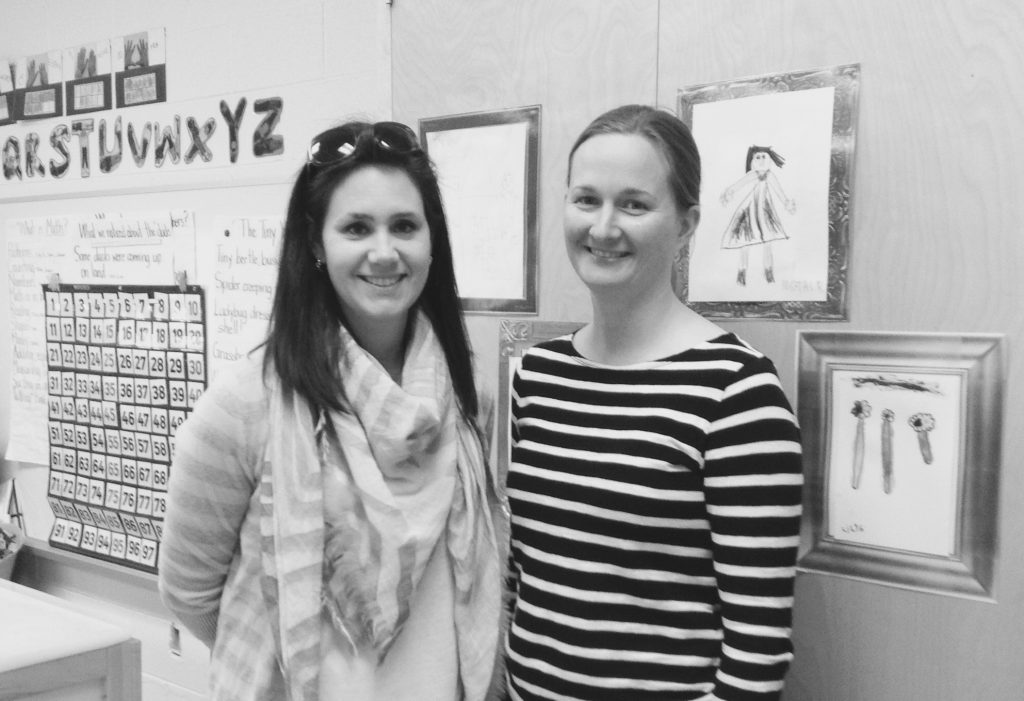
Professional Learning Goals
Through this project, we were able to build our capacity as teachers in building a successful math program. We were able to help our students build a growth mindset for mathematics, as well as use a variety of traditional and non-traditional math materials and resources. With our kindergarten team, we opened up a professional dialogue to gain new perspectives and seek guidance from each other. The 4C’s model helped us to gather important information about our students’ learning as well as our own teaching methods, and provided the opportunity to provide feedback and suggestions for improving our practice.
Activities and Resources
At the beginning of the year, we went through some of our resources and made a plan of how we would begin. Using the Mathematical Mindsets resource by Jo Boaler (and the growth mindset philosophy of Carol Dweck), we began by discussing with our class “What is math?” which led us to helping our students develop resilience for solving challenging tasks. We began using the resource Number Sense Routines by Jessica Shumway to begin building the students’ number awareness, and gradually moving toward understanding composition and decomposition of numbers to 10.
In our classrooms, we used professional resources (Making Math Meaningful by Marian Small and What to Look For by Alex Lawson) to guide our instruction. We used our release days to meet and share our lessons, thoughts and questions, as well as to do some 4C’s lessons (co-plan, co-teach, co-debrief, co-reflect) with students. It was during these times that we really realized the value of working with small groups, as the students received direct instruction and intensive support. The smaller groups allowed us to carefully see our students’ thinking as they worked through problems and modelled the different strategies. As teachers, we were able to provide feedback to each other using our observations of the students during the lessons.
Unexpected Challenges
Although we feel that we did not encounter any unexpected challenges, we wished that we knew of certain professional resources that we could have ordered to use right from the beginning (e.g., Taking Shape and What to Look For). However, this will enable us to continue our professional learning beyond the project.
Enhancing Student Learning and Development
Stacey: Using open-ended questions and problems that encouraged students to develop and use problem-solving skills, students were able to develop the confidence and resilience to try (and keep trying) different strategies to solve math problems. They became mathematicians by talking about their ideas and strategies with the teacher and each other, and were able to learn different strategies from their peers.
Carina: I used math journals with my students, which I most likely would not have done if I did not get a chance to collaborate with Stacey. My students were exposed to open-ended word problems, which often had more than one correct answer. Students learned to talk about and share their math thinking.
Sharing
We plan to share our project with our school staff at our final staff meeting of the year, and also hope to share this professional learning with our school board’s Early Years team (who recommended some of the professional resources we used). We have also shared some of the photos from our 4C’s lessons on our Twitter feeds as we are followed by many other teachers in the Early Years/kindergarten community.
Project Evaluation
Resources Used
Mathematical Mindsets by Jo Boaler
Number Sense Routines by Jessica Shumway
Making Math Meaningful by Marian Small
What to Look For by Alex Lawson
Taking Shape by Joan Moss and Catherine D. Bruce
Which One Doesn’t Belong by Christopher Danielson
Resources Created
These resources will open in your browser in a new tab, or be downloaded to your computer.


